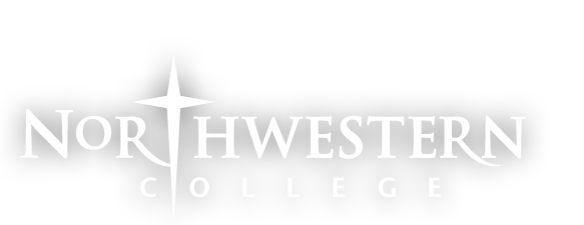Abstract
Lasers and x-rays are widely used in the modern world for studying biomolecules. For the purposes of the physics department, future research requires certainty that lasers have Gaussian profiles, though the lasers used often deviate from this ideal. In this project, we investigate methods to measure and analyze laser beam profiles. We first reviewed the theory of Gaussian beams and their properties. We then measured our laser’s profile using two techniques: a knife-edge method and a cell phone photography method. The first involved moving a razor edge across the beam to measure transmitted light, while the second involved visualizing the profile through photographs. The second part of the project involved x-ray crystallography, a powerful technique for determining the three-dimensional structure of molecules. Crystallography analysis involves growing crystals of the molecule of interest and exposing them to x-rays. By analyzing the diffraction pattern, it is possible to reconstruct the molecule’s electron density and determine its precise atomic coordinates. However, crystallography analysis can be challenging due to the data processing and modeling required to interpret the diffraction data. We compared open-source crystallography software and practiced data analysis using publicly available sample diffraction patterns. In summary, we investigated methods to measure and analyze laser beam profiles, including hands-on techniques and imaging. We also discussed x-ray crystallography, a key technique in studying molecular structures. Our work provides the foundation for future optics and crystallography projects.
Included in
Laser Beam Profiling and Crystallographic Analysis
Lasers and x-rays are widely used in the modern world for studying biomolecules. For the purposes of the physics department, future research requires certainty that lasers have Gaussian profiles, though the lasers used often deviate from this ideal. In this project, we investigate methods to measure and analyze laser beam profiles. We first reviewed the theory of Gaussian beams and their properties. We then measured our laser’s profile using two techniques: a knife-edge method and a cell phone photography method. The first involved moving a razor edge across the beam to measure transmitted light, while the second involved visualizing the profile through photographs. The second part of the project involved x-ray crystallography, a powerful technique for determining the three-dimensional structure of molecules. Crystallography analysis involves growing crystals of the molecule of interest and exposing them to x-rays. By analyzing the diffraction pattern, it is possible to reconstruct the molecule’s electron density and determine its precise atomic coordinates. However, crystallography analysis can be challenging due to the data processing and modeling required to interpret the diffraction data. We compared open-source crystallography software and practiced data analysis using publicly available sample diffraction patterns. In summary, we investigated methods to measure and analyze laser beam profiles, including hands-on techniques and imaging. We also discussed x-ray crystallography, a key technique in studying molecular structures. Our work provides the foundation for future optics and crystallography projects.

